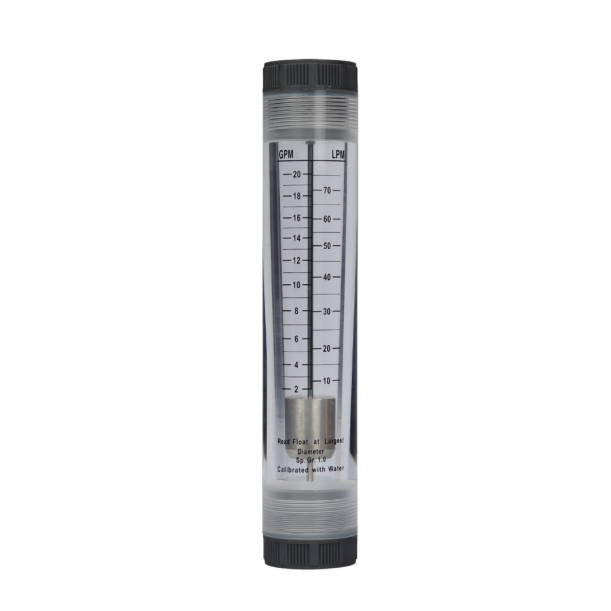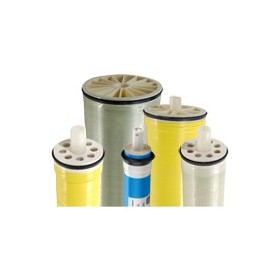Flowmeter
An analogue flowmeter typically consists of mechanical components that translate the flow rate into a visual display, such as a needle on a dial or a float in a transparent tube. The position of these indicators correlates with the flow rate, providing users with a continuous, analog representation of the flow. While analogue flowmeters are simple and often reliable, they may lack the precision and features of digital counterparts.
Digital flowmeters, on the other hand, utilize electronic sensors to measure flow rates and display the data digitally. These devices often incorporate advanced features such as digital displays, data logging, and communication interfaces for integration with control systems. Digital flowmeters offer higher accuracy, greater flexibility, and the ability to store and transmit flow data for analysis and monitoring purposes.
In summary, while analogue flowmeters offer a simple visual representation of flow rates, digital flowmeters provide enhanced accuracy, features, and data handling capabilities for more demanding applications. The choice between analogue and digital flowmeters depends on factors such as the required accuracy, functionality, and integration with existing systems.














